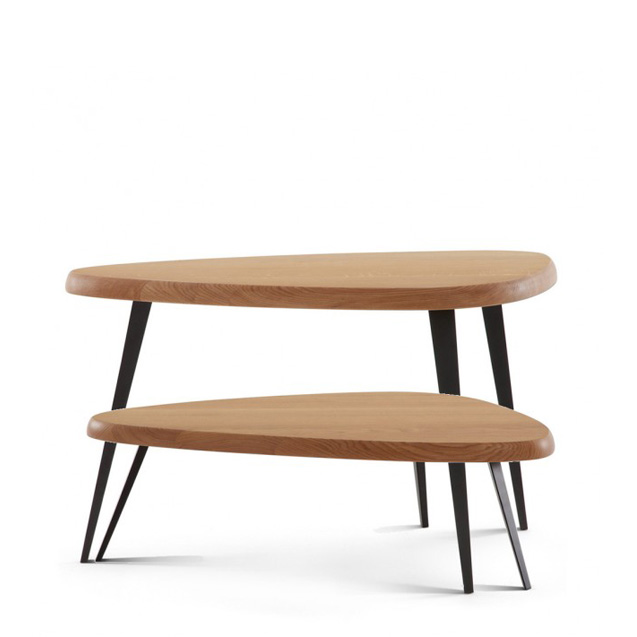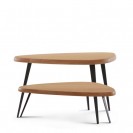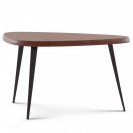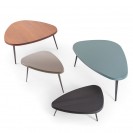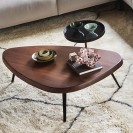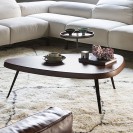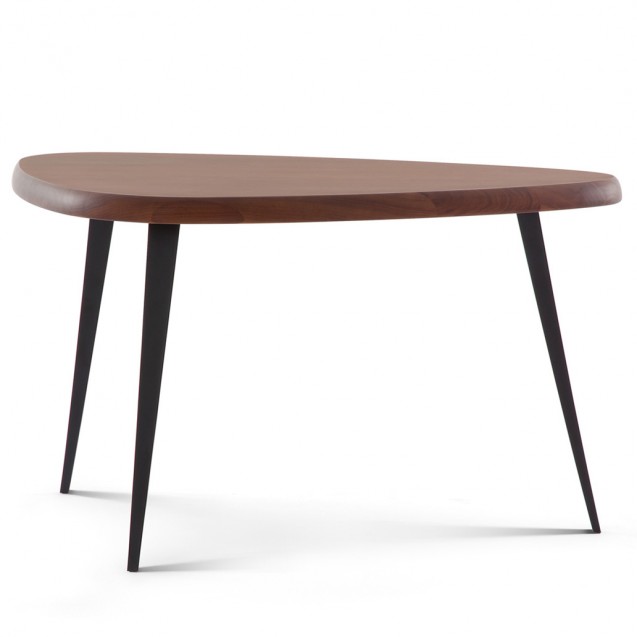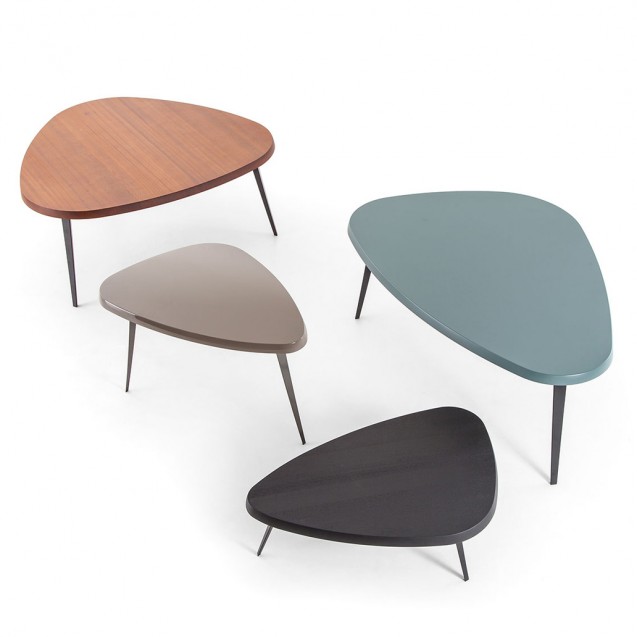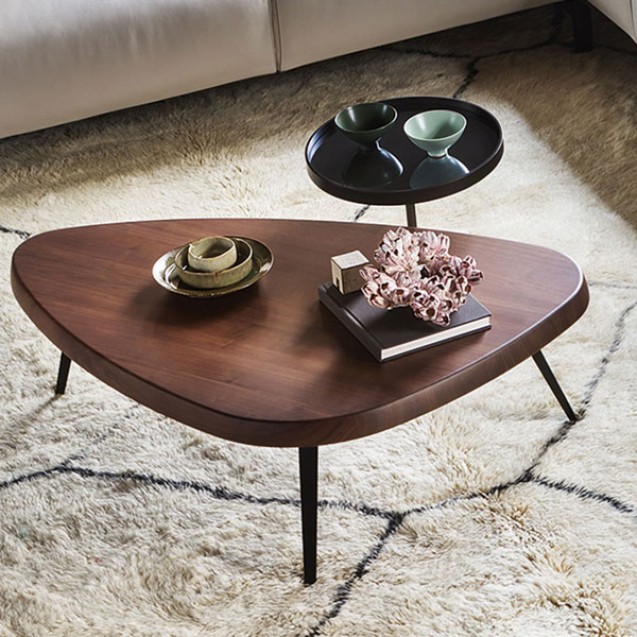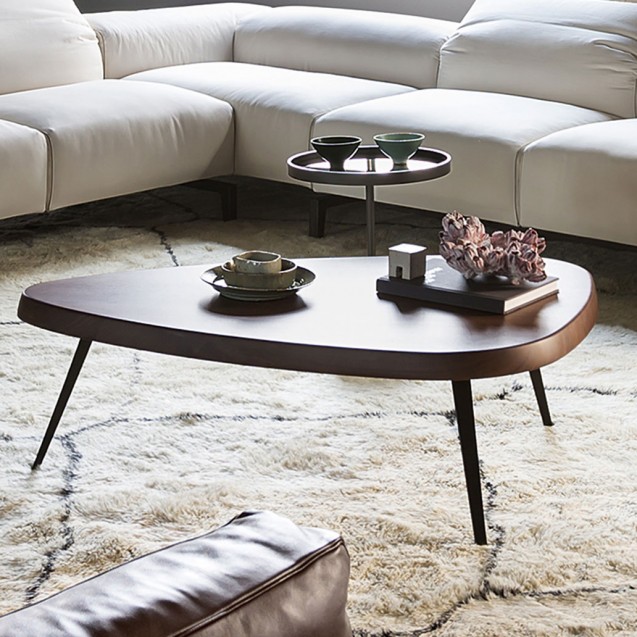527 Mexique
Included as one of the tables en forme libre created between 1938
and 1939, the final design was developed in 1952 for the students’ rooms of the
Maison du Mexique at the Cité Universitaire Internationale in Paris.
With a frame designed to be as compact as possible, the tables could
be juxtaposed to create larger, symmetrical units. In 1952, the wooden legs
were replaced by triangular-section bent metal. In 1956, the low-level version
was created for the Galerie Steph Simon in Paris. The generous depth of the
wooden table-top, available in solid wood, as well as with a gloss or matte
finish, resonates with rare beauty. Meanwhile, form follows function in the
edges form, reflecting the size of the human hand. In 2018, two new dining
table variants of the Mexique are being launched, designed to accommodate
between five and six guests. In addition, a number of new finishes enhance
further the potential for these tables to work together and serve new purposes.
| About Designer | |
|---|---|
Charlotte Perriand |
Charlotte Perriand full membership of that avant-garde
cultural movement which, from the first decades of the twentieth century,
brought about a profound change in aesthetic values and gave birth to a truly
modern sensitivity towards everyday life. In this context, her specific
contribution focuses on interior composition, conceived as creating a new way
of living, still today at the heart of contemporary lifestyle. In the sphere of twentieth century furnishing history,
the advent of modernity made possible the entrepreneurial audacity of this true
reformer of interior design. At the beginning of her professional career she
was acclaimed by critics for her Bar under the roof, exhibited at the Salon d’Automne
in 1927 and constructed entirely in nickel-plated copper and anodized
aluminium. In the same year, when she was just twenty-four years old, she began
a decade-long collaboration with Le Corbusier and Pierre Jeanneret, at the
famous design studios at 35, rue de Sèvres in Paris. Her presence in the Le Corbusier studio is visible in
all the furnishings designed with him and with Pierre Jeanneret: and so
Charlotte Perriand becomes a cornerstone in the reformation project promoted by
the architect, adding a distinct dimension of humaneness to the often cold
rationalism of Le Corbusier. In her creations she manages to animate the
fundamental substance of daily life with new aesthetic values: in particular
her talent and intuition in the discovery and use of new materials manifest
themselves to their full extent. The ten-year long collaboration with Le Corbusier and
Pierre Jeanneret, and her Japanese experience, represent periods of intense
creative effervescence in the life of the artist. During her long stay in the
Far East (‘40-‘46), she reveals her artistic talent to the full, through a
reinterpretation of the reality of life to echo both tradition and modernity.
By way of example, worthy of mention are the furnishings produced using
traditional bamboo processing techniques, capable of enhancing the new forms
already experimented using steel-tubing. After her work as a professional, she concentrates on
a series of original and balanced productions, commissioned by top-level
authorities and leading companies of the calibre of Air France, and by a number
of foreign organizations, authenticating the fame she had by now gained on the
international scene.
The distinguishing factor of Charlotte Perriand’s
personality is a sincere loyalty to the principles of humane and innovative
rationalism, preserved intact in her projects, on which she worked with such
passion, also in readiness for their revival in the “Cassina I Maestri”
collection. |



